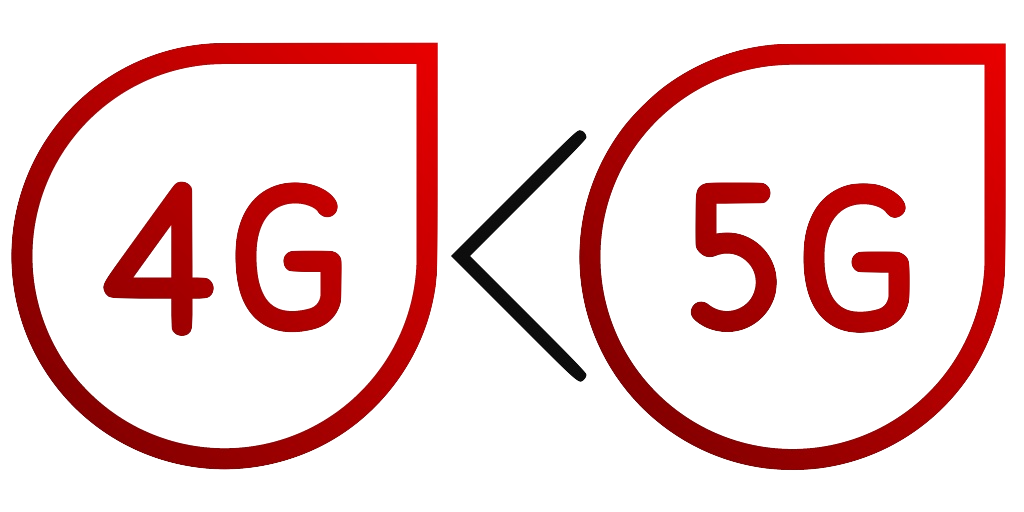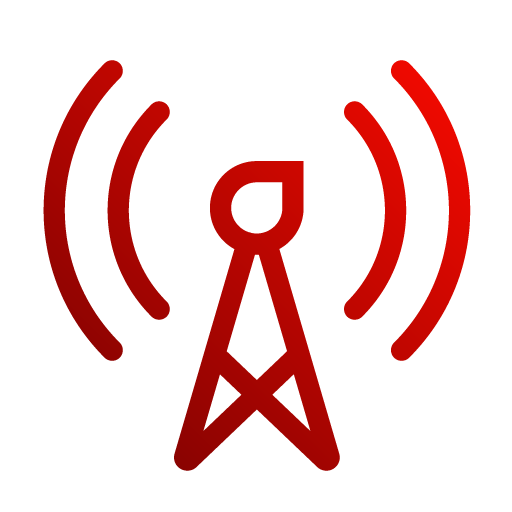
Ever since much of the world's workforce had to switch to remote working, there has been a great dependency on video conferencing technologies to bridge the communication gap between teams and colleagues. Gone are the improptu "water cooler" chats and in are the scheduled video calls.
Whilst the video and audio technology currently available does wonders for everyone to feel more connected even when working in different locations, online meetings bring additional issues such as:
- Missing non-verbal communication signs, such as facial expressions, gestures, etc., makes people rely more predominantly on verbal information to infer others' emotions, and it can be taxing.
- Looking at our own faces can be stressful.
- Latency can cause periods of silence, which can make a person come across as less friendly or focused.
This blog post aims at discussing how 5G and Multi-access Edge Computing (MEC) can help reduce latency and provide a better virtual experience, be it for the work environment or for the personal usage of video conferencing solutions.
The problem
For a simple one-to-one video call, there isn't much of an issue in terms of added latency. Once other callers start joining the call and people start sharing screens or presentations however, the demand on the network starts to increase and it can lead to delayed audio or video synchronisation, choppy audio quality and frozen video frames. That will cause degradation of the user experience and added frustration to all participants, distracting them from the actual content of the call.
Additional technologies that aim to address the issue of missing non-verbal cues, such as augmented reality (AR) or virtual reality (VR), are becoming more popular. Still, the additional processing power required, combined with the bigger payload that needs to be transported through the network, are all points of concern when it comes to latency.
As these new features and capabilities become the reality, the networking infrastructure needs to be able to deal with the higher requirements of bandwidth and speed whilst maintaining the quality of the service. One way to do so is by optimising the last mile network.
Optimising the last mile
A lot of latency gets introduced on the last hop of the network, the point where it delivers the content to the end user. Different technologies will add different delays.
ADSL, for example, adds more overhead than fibre as modems encode and decode audio signals and deal with packet loss resulting from noisy lines. In the US, typical DSL latency is between 21 ms and 37 ms.
For mobile connections, ever since the advent of 3G new technologies have been reducing the overall latency involved in delivering content over the mobile network. LTE/4G can add a few tens of milliseconds and, more recently, 5G networks tend to introduce single digit latency. To understand why, here is a look at how mobile networks organise and send packets across radio.
5G is fundamentally more efficient than 4G

On any cellular network, multiple devices make demands on a limited spectrum. Signal quality varies as devices move and conditions change, which introduces errors and packet loss. The way in which mobile networks deal with this is complex.
5G network architecture consists of three layers:
- the radio access network (RAN): the radio that connects devices to masts.
- The transport network: the connection between the radio network and the operator's core network.
- The core network: the backbone of the cellular data network that transports data between devices and the open internet.
Here are more details on the above:
Smaller cells in the RAN
5G frequencies fall into three main categories:
- Sub-1GHz: spectrum previously used by analogue television is good for travelling long distances but can support only lower data bandwidth.
- 1GHz - 6GHz: closer to the frequencies used by 4G and previous generations of cellular networks, these offer a compromise between ease of propagation and the data they can carry. Higher frequencies can handle more data but travel less far and are more easily blocked by bric, concrete and so on.
- 24GHz - 300GHz: these are known as millimetre waves and can transmit a great deal of data but only over very short distances.
Those much higher frequencies allow for smaller cells, as their short range allows for more frequency reuse. A shopping centre or train station, for example, can have one or more small cells offering high bandwidth in that localised area.
These smaller cells then use technologies, such as beamforming and MIMO (Multiple Input Multiple Output) also used in modern WiFi standards, to reduce interference between potentially hundreds of devices in a small area and to make the most of the spectrum available.
Traffic engineering in the transport layer
In a 5G network, the transport layer is designed specifically to optimise how it routes data. One technique is dynamic path selection. The 5G transport network selects the best route for a packet based on its application priority and the quality of routes available. In effect, this is a form of load balancing that is deeply tied to the specific architecture and protocols of the 5G network.
Networking slicing in the radio network
5G radio network slicing allows the physical radio network to be segmented into multiple distinct logical networks. By doing so, each slice can be configured to suit specific application demands. For instance, a conference call platform can operate on a slice optimised for low latency, prioritising it over less urgent applications like weather updates. This approach ensures reliable network performance for time-sensitive data.
APIs to understand 5G network conditions
For end users and for application developers, most networks are treated like black boxes. It is just assumed that they will work in predictable ways. And that is fine if every connection is delivered via optical fibre with as few network hops as possible.

But the quality of mobile networks is variable. Weather, distance from the mast, the number of users in a cell, the speed at which the connected devices is travelling, obstructions, and more all contribute to speed, packet loss and latency.
Vodafone is developing APIs that enable application developers to monitor and act on network conditions in real-time. For example, the developer of a video streaming app could check network conditions to optimise buffering. If a person is watching a film while traveling on a train and there is a tunnel one mile from their current location, using 5G network intelligence APIs, the app could anticipate the temporary lack of network and act on it by downloading enough of the film to get through the tunnel without the end user ever noticing.
Bringing compute closer to the end user
For our video conference calling example, improvements in the underlying 5G network would mitigate latency between participants. Realistically though, the costs associated on delivering such improvements from a user to another at the other end make these punctual upgrades improbable. Especially when we consider more attendees connecting to the call and the fact that this would serve individuals for a short period of time.
Another key opportunity to reduce latency is to locate that cloud service inside the mobile network itself. Locating data and computing resources closer to end users has been a core theme of cloud computing. However, that has typically gone so far only as running virtual machines (VMs) or serverless functions in the same region as the end user.
Vodafone and AWS have partnered to take the next step in this new architecture and have rolled out distributed Multi-access Edge Computing (MEC) by embedding AWS Wavelength zones (also known as edge servers) within Vodafone's data centres, at the edge of Vodafone's 5G networks. Because of this, customers and AWS compute and storage services are closer than ever.
This allows anyone with an AWS account to leverage familiar AWS tools and APIs to spin up compute instances within Vodafone's 4G/5G network today. Also, Vodafone is the only operator to offer customers across multiple European countries the dual benefits of high bandwidth with the ultra-low latency of distributed MEC powered by AWS Wavelength, which allows developers to create apps that take advantage of Vodafone's European coverage.
This helps reduce latency in two primary ways:
- It avoids the open internet, thereby reducing network hops and, crucially, allowing the 5G network to manage quality of service.
- Through edge network discovery APIs, the app can select the nearest AWS Wavelength zone within the mobile network to reduce latency even further.
Putting the pieces together
Using Vodafone's 5G network and edge computing, network latency can be reduced, and computing can be brought closer to the end users. An example of how it works in practice could be seen at Mobile World Congress (MWC) in Las Vegas in September 2023. There, Vodafone took part in a demonstration with Verizon, Bell Canada, and Matsuko, during which the first live transatlantic collaborative meeting was conducted. It connected multiple holographic representations of people in Canada, the US, and the UK using 5G and MEC technology. You can watch how that went here. More information about this demo can be found in this article.
If you have any questions or comments, feel free to reach out to us using the form at this page.

